I’ve always had delusions of fashion grandeur.
I knew the Met Gala themes by heart, could quote The Devil Wears Prada bar for bar, and had mentally reserved myself a front-row seat at every major Fashion Week show from New York to Milan.
In my head, I was always one serendipitous job opportunity away from bumping into Anna Wintour.
So imagine my surprise when I realized the closest thing to a fashion scene was just a short GO train ride away… right here in Toronto.
If you’re reading this from the U.S. (which, according to my analytics, most of you are), or from somewhere in Europe, let me save you the Google search: yes, Canada has fashion weeks.
And no, I didn’t know much more about them than you do.
But as someone now working in PR — an industry that intersects so deeply with fashion, beauty, and culture — I figured it was time to stop romanticizing far-off fashion capitals and start doing a little anthropological research of my own.
By that, I mean diving right in and volunteering at Toronto’s very own fashion week.
I don’t mean the official Toronto Fashion Week™, because that doesn’t really… exist. Not anymore—or at least, not in the way you think.
Like many things in this city… it’s complicated.
A brief history of Toronto fashion week(s)
We actually did have an official Toronto Fashion week, once upon a time.
The non-profit Fashion Design Council of Canada ran it for 13 years until they sold it to IMG in 2012—only for IMG to pull the plug four years later.
Then came Peter Freed, a real estate mogul with big dreams and ownership of the trademark. But that too fizzled out by early 2020, and while the name “Toronto Fashion Week” trademark still technically exists, the actual event does not.
Which means no one else can legally use the name, even if they want to bring the event back. We love a legal loophole with a dash of municipal confusion!
So what’s a city to do when its official fashion week is off the grid but its creative energy refuses to die?
In true Toronto fashion (pun very much intended), the people kept going.
Fashion Art Toronto (FAT) has stepped up to the plate as the city’s unofficial, grassroots answer to fashion week. Founded in 2005, FAT is now the longest-running event of its kind in Toronto.
Vanja Vasic, founder and creative director, built FAT to spotlight underrepresented voices and alternative fashion narratives. She created a platform for marginalized, POC, and queer communities to express themselves through fashion that doesn’t cater to the mainstream gaze—but challenges it, redefines it, and reclaims it.
This year marked its 20th anniversary, which was celebrated by stretching its Spring/Summer showcase into a month-long celebration of runway shows, installations, and immersive fashion experiences.
Meanwhile, emerging collectives like RCHIVE Fashion Club are doing their part to revive the runway. Founded by Ion (Jai) Sobaliu and Sadaf Emami, Rchive hosted its first show last May in an abandoned TTC subway station (yes, really).
Now they’ve dubbed the name Toronto’s Own Fashion Week (TOFW), which both sidesteps the official trademark and signals something bigger: a homegrown revival for fashion lovers by fashion lovers.
This season, they transformed the Toronto Reference Library into a full-blown runway space — where I got to see it from the inside, volunteering behind the scenes.
For those of you who weren’t in attendance, let me paint a picture: just imagine if Kafka directed Project Runway. Models were descending spiral staircases in full editorial looks, winding their way down to an audience wedged between book returns, public computer terminals, and an unmistakable terracotta carpet.
Sure, maybe it’s not the first place you’d think of when selecting a venue for a fashion show, but there was something oddly poetic about witnessing fashion telling stories in a place that was literally built for them.
So… why haven’t you heard about any of this?
Despite the raw talent and diversity, Toronto fashion doesn’t really show up on the global radar.
So, what exactly is stopping it from becoming the next Copenhagen or Seoul?
Well, for starters, there’s the gaping media void. We’ve got some incredible local platforms like The Kit, She Does The City, and FASHION Magazine, but at the end of the day… there’s no Canadian Vogue.
No towering editorial monolith that can take a designer from Queen Street West to the Met steps. Without a global-facing fashion media machine, the buzz doesn’t travel.
Even when designers manage to build a strong local following, getting their work into international retail spaces is an entirely different beast.
Major Canadian department stores (the few we have left) are often more interested in international brands than homegrown ones. Walk into any upscale retailer in the city and you’ll find racks of The Row, Jacquemus, and Toteme before you ever see something made here.
With Canada’s production industry hollowed out and few domestic options available, many designers are forced to outsource. It’s expensive, and totally unsustainable.
The serious lack of funding and government support doesn’t help, either.
Unlike film or music, fashion isn’t officially recognized as a cultural industry in Canada, making it ineligible for many grants and subsidies. A large amount of this industry relies on personal favours and “exposure,” which (surprisingly!) can’t pay the rent.
Most shows here are pay-to-play. That means even getting your work on a runway requires you to cough up a few grand, not to mention producing your collection, hiring models, stylists, and makeup artists.
The harsh reality is, designers here typically either go broke trying, quit to pursue a more “realistic” job, or leave for cities that actually invest in fashion as an industry.
And I don’t blame those who do. I could only imagine how exhausting it is to care about fashion in a place that doesn’t always care back.
The story you had to be there for
Here’s the part where I break from the cynicism, because for all the things Toronto’s fashion scene is missing, we still have something that’s harder to manufacture: soul.
And a big part of that, I honestly believe, comes from our diversity.
With over 250 ethnicities and 140 languages spoken, we’re the most multicultural city in the world, and you can truly see that reflected in the fashion:
It’s here where you’ll find Somali tailoring next to Japanese streetwear, Caribbean colour next to Nordic minimalism. Vintage denim. Hijab fashion. Oversized ravewear. Y2K revival.
You can walk from Ossington to Dundas and pass street style that rivals anything in SoHo. Queen West, Kensington Market, Yorkville, Black Creek Assembly — every pocket of this city has its own fashion fingerprint.
There’s a scrappiness to it, but it’s real. It’s emotional.
It’s alive.
And I was lucky enough to experience it first hand. The beautiful chaos of it all.
I watched makeup artists touch up models under fluorescent library lights, designers changing behind half-closed curtains, and stylists lugging garment bags across the TTC.
Overall, I think my favourite part of it was that there was no dreaded air of exclusivity.
By the time I arrived at Fashion Art Toronto, I was already spotting familiar faces from the RCHIVE shows the weekend before. People remembered my name, they were introducing me to their friends.
And just like that, in the span of a week, I’d gone from a clueless outsider to someone who felt genuinely woven into something — a creative community built on connection.
That feeling was sealed when I got randomly pulled from the crowd to fill a front row seat… and ended up sitting next to Vanja Vasic herself, who was the complete opposite of intimidating: she was warm, welcoming, and—to my eternal bragging rights—told me my outfit looked amazing.
In those brief moments, she made me feel like I actually belonged there.
Toronto might not have a Vogue, or global press, or a front row lined with international editors. But over this past week, I didn’t fall in love with this scene because of the eliteness; I fell in love with it in the quiet moments.
When a young designer excitedly handed me her card while telling me it was her first collection.
When a show coordinator ran out from the chaos of backstage and handed us volunteers Dunkaroos because we hadn’t eaten in hours.
When I saw a mom in the front row wiping away tears after her kid’s final walk.
There was an intimacy to it all that I likely wouldn’t get at the polished, high-stakes shows at other fashion capitals across the globe.
So no, we’re not New York or Paris. We never will be.
That’s the best part about us.



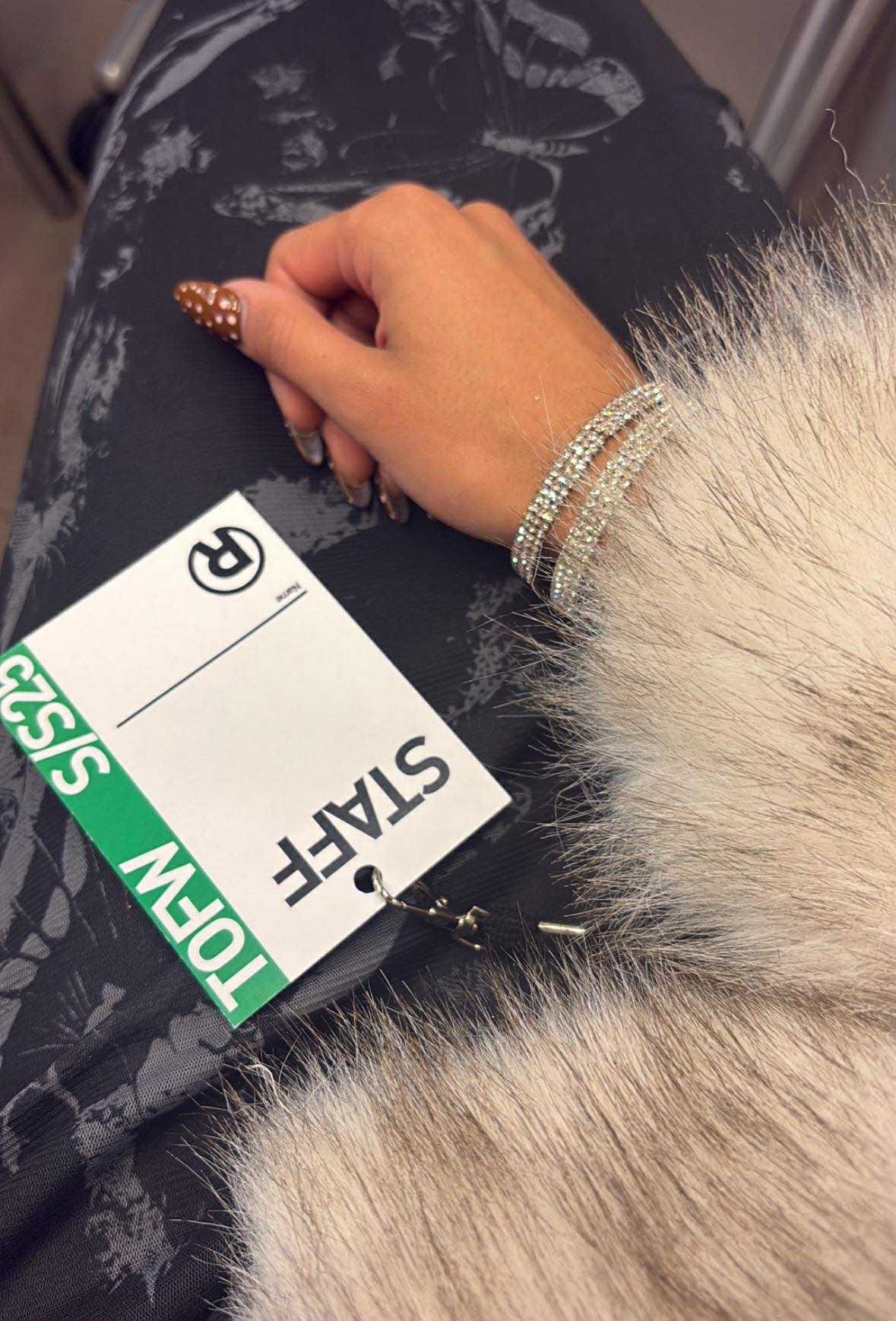
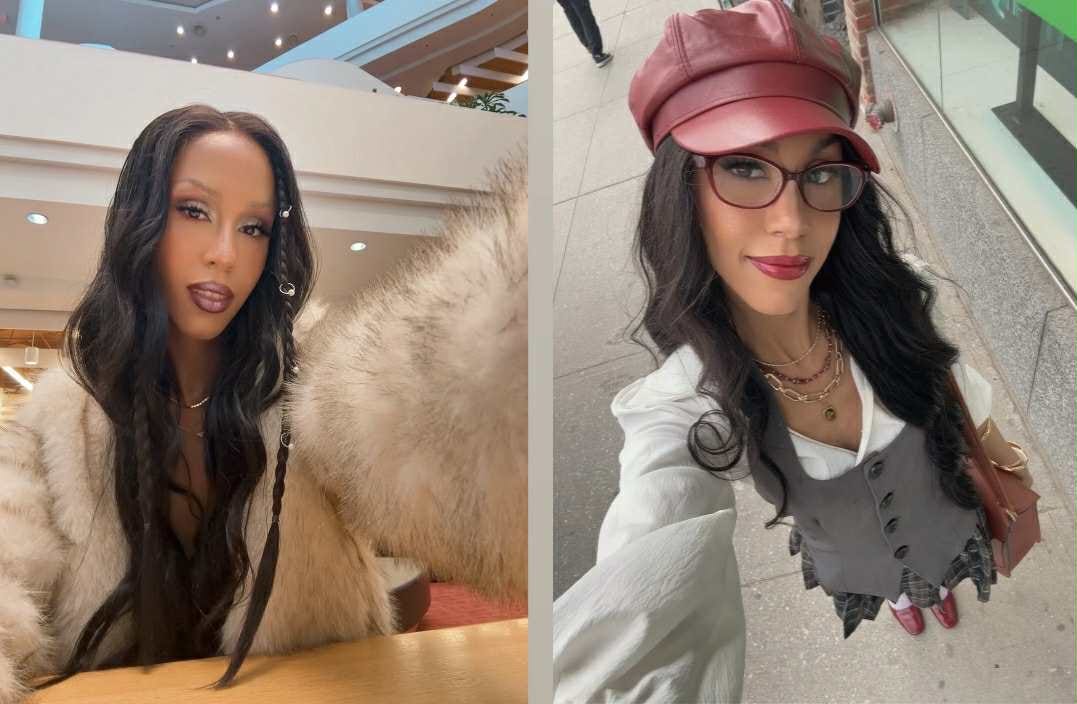
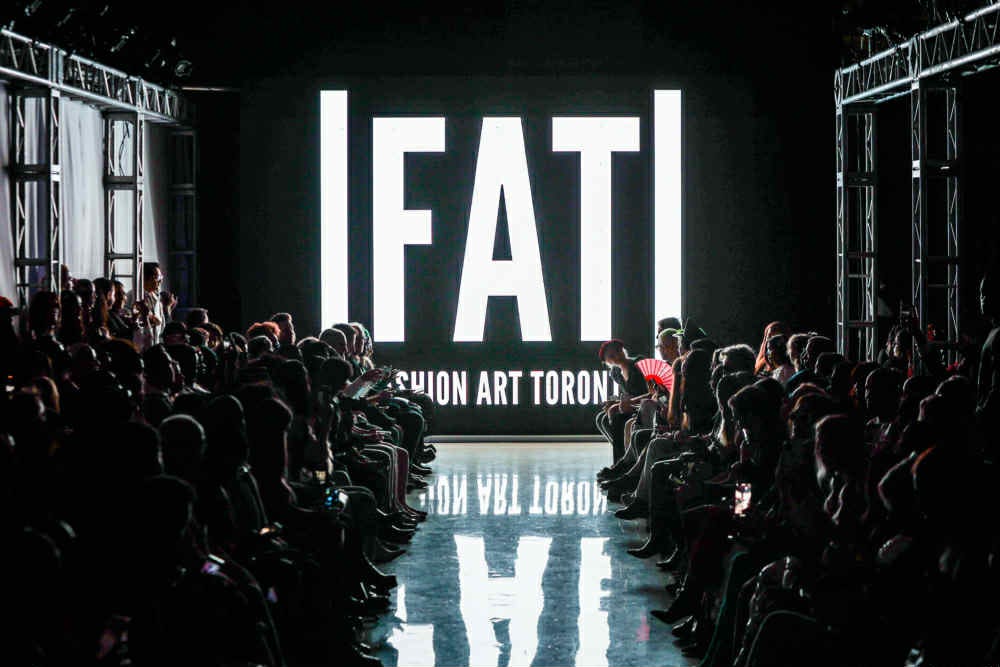
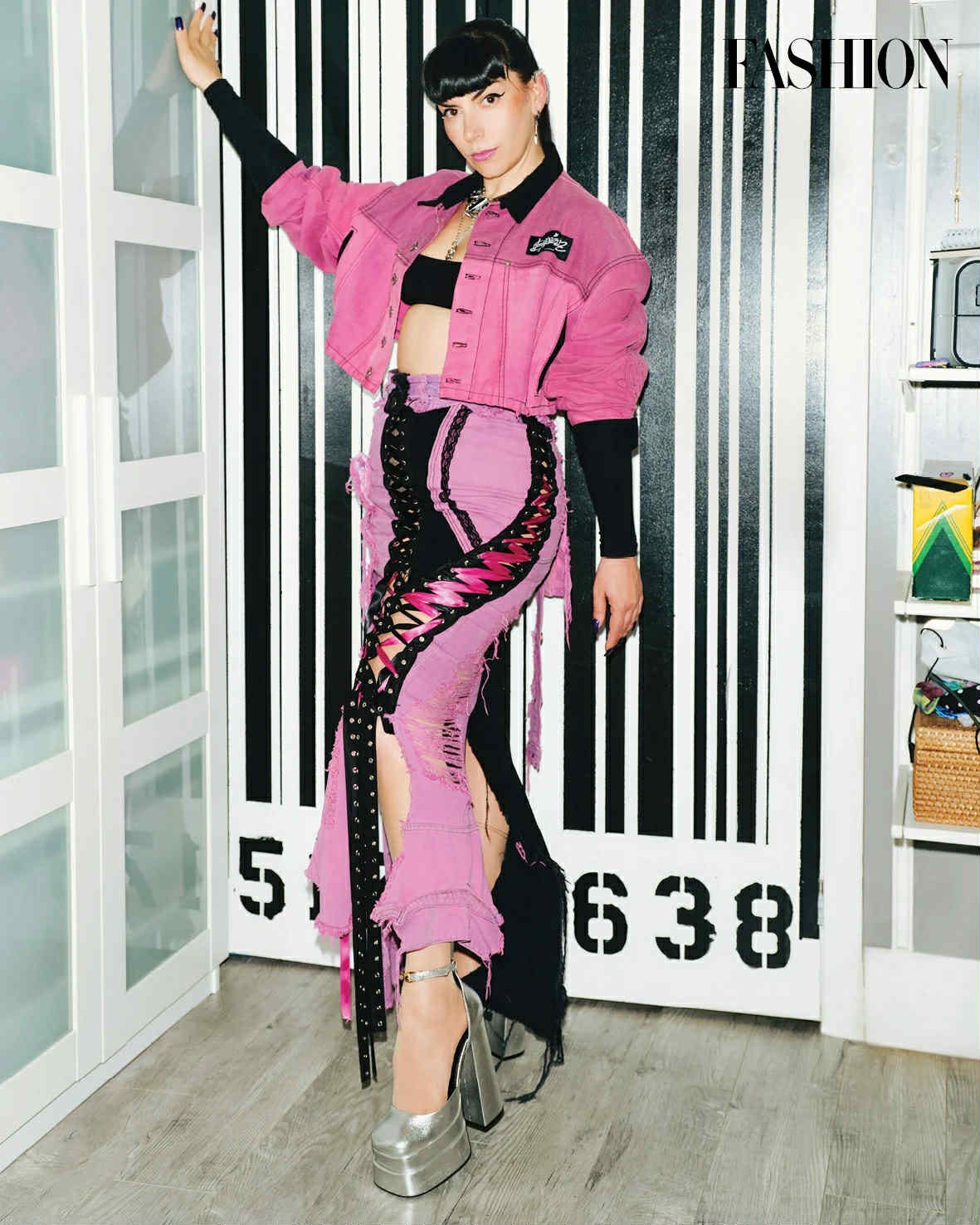
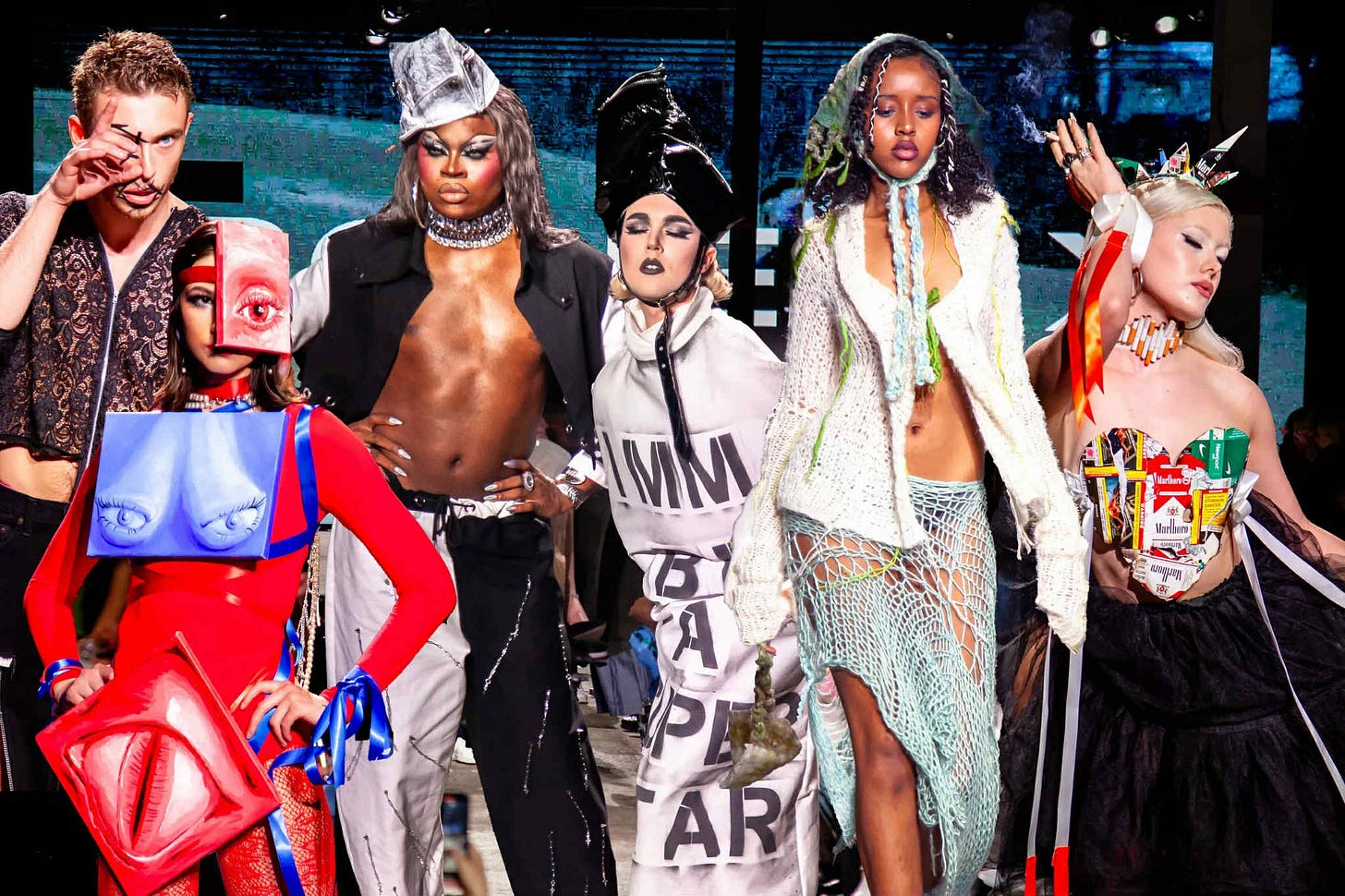
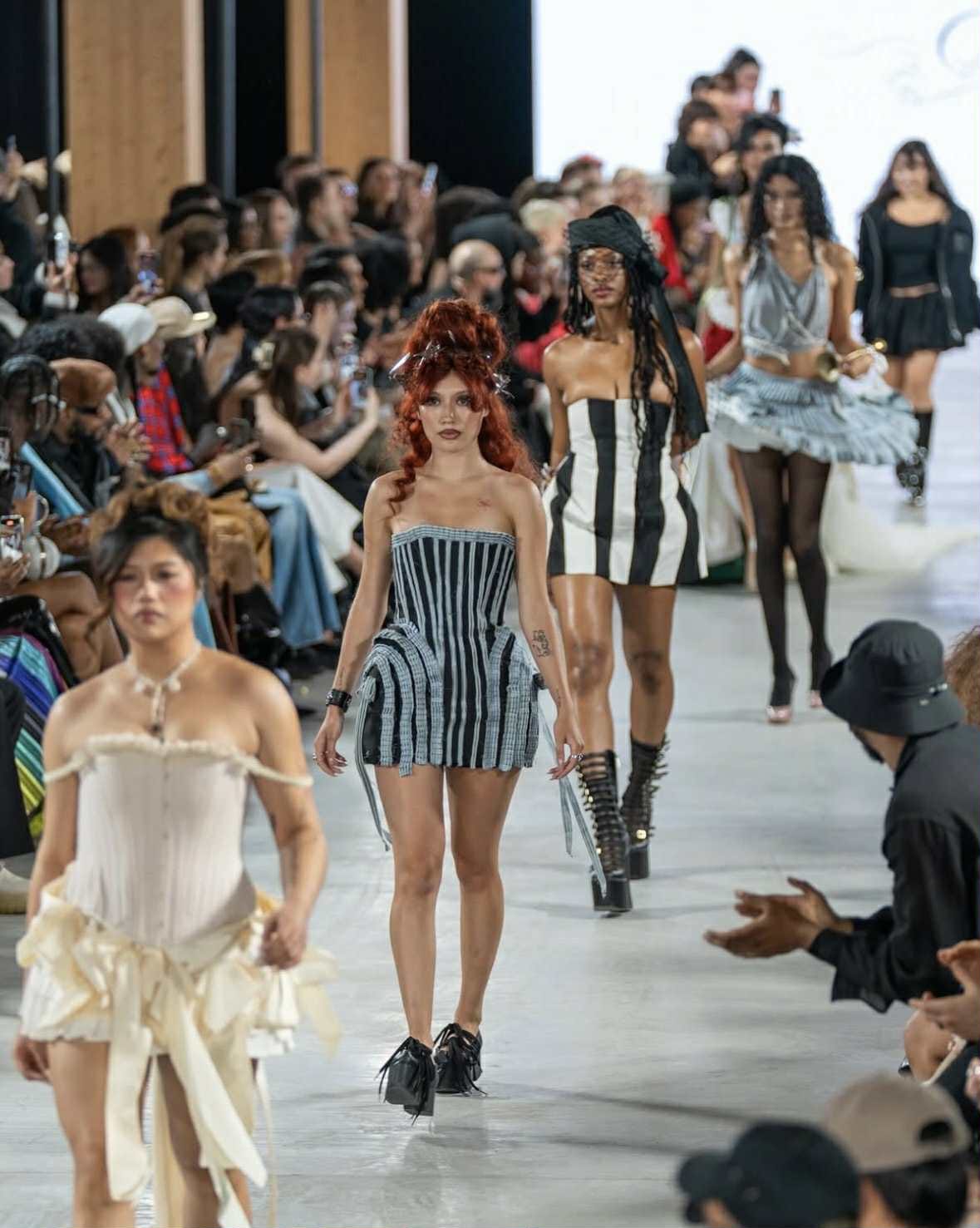
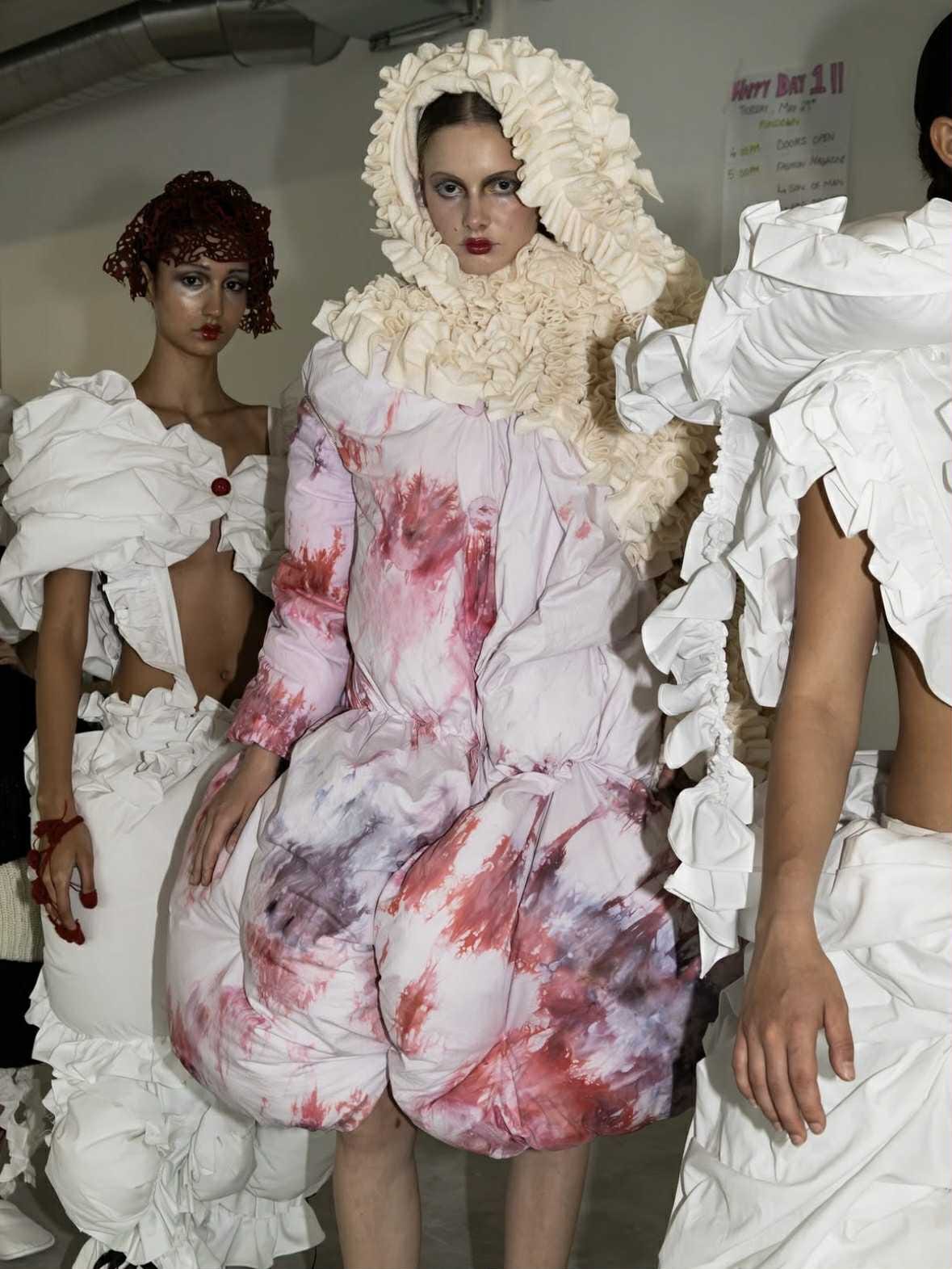
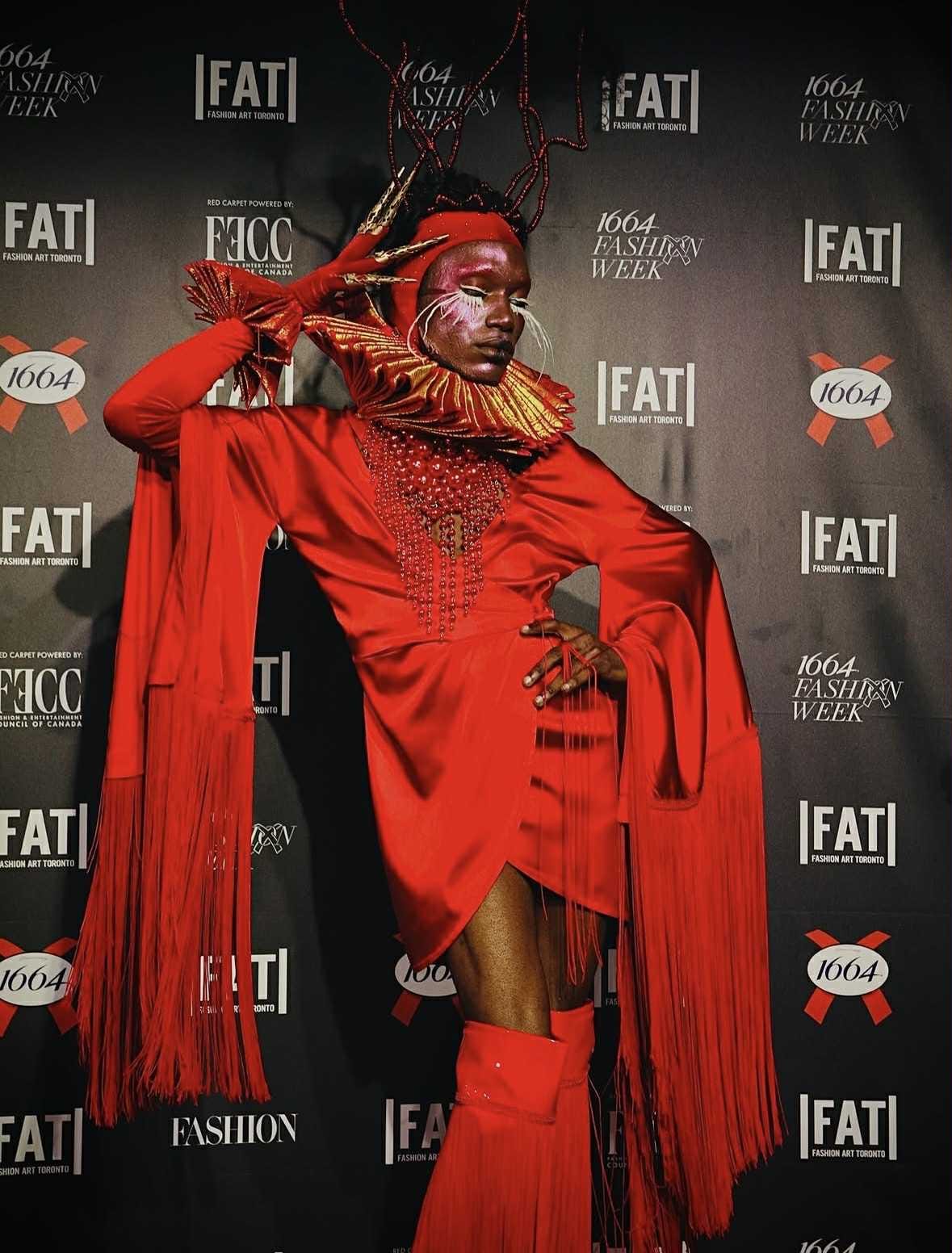
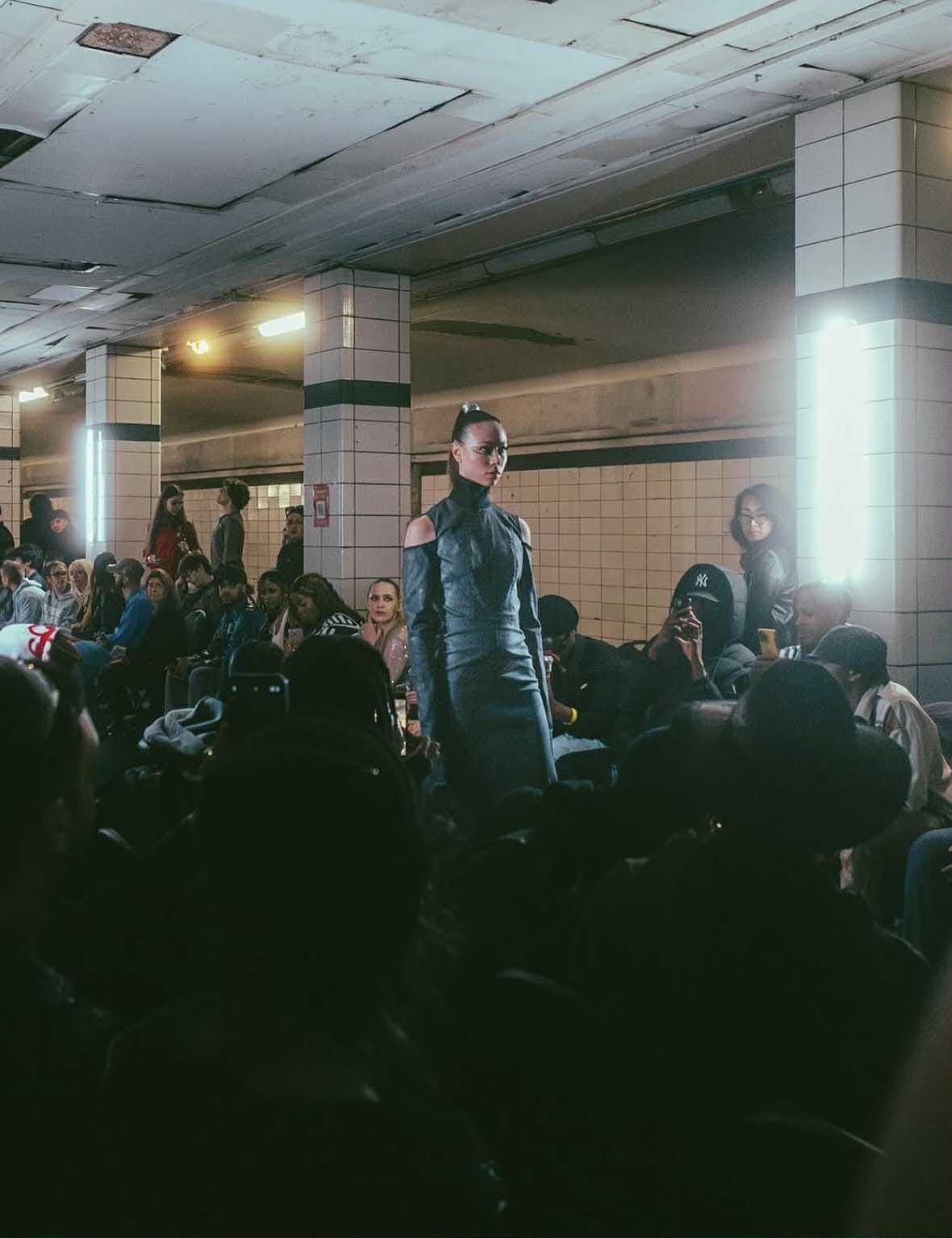
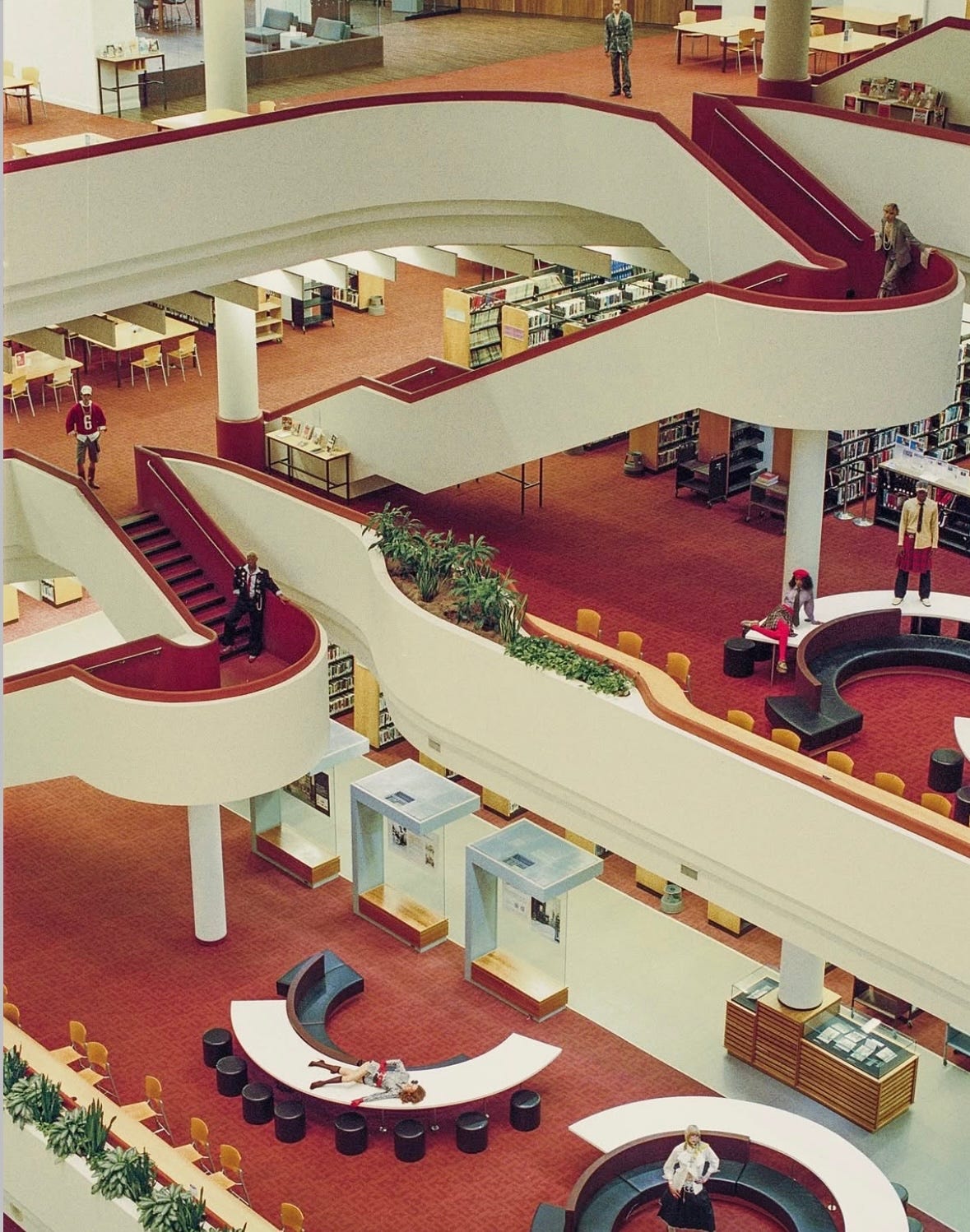
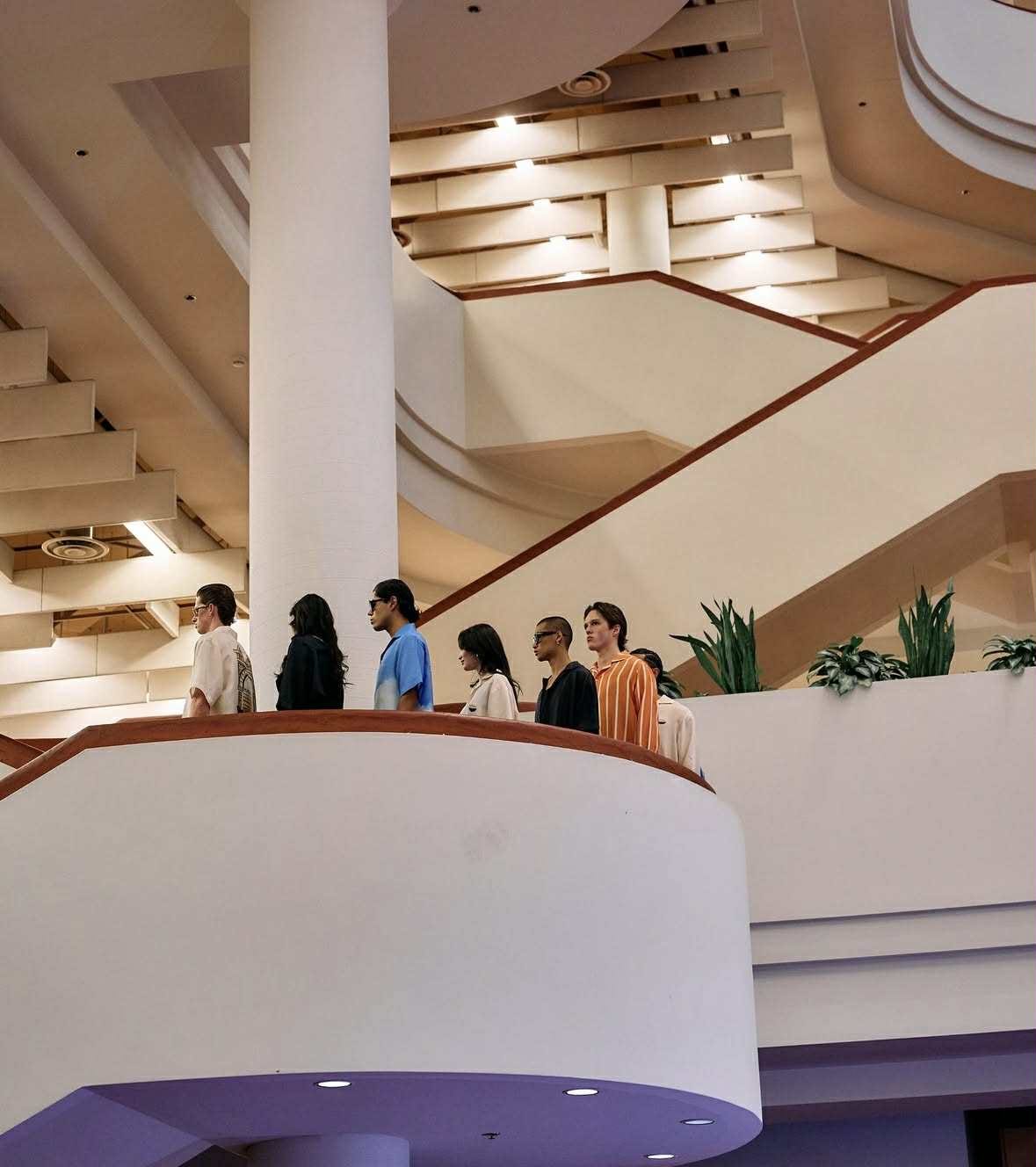
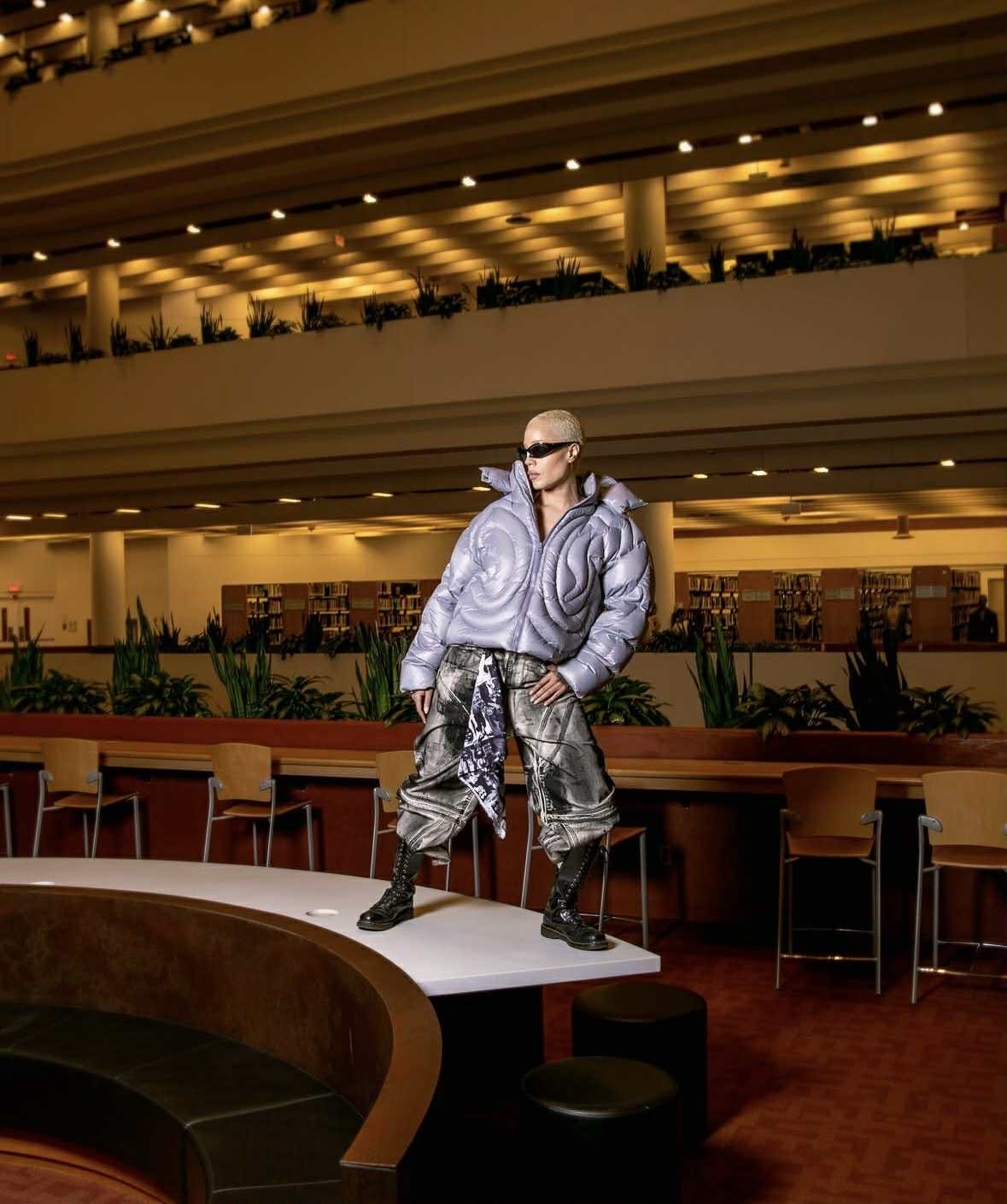
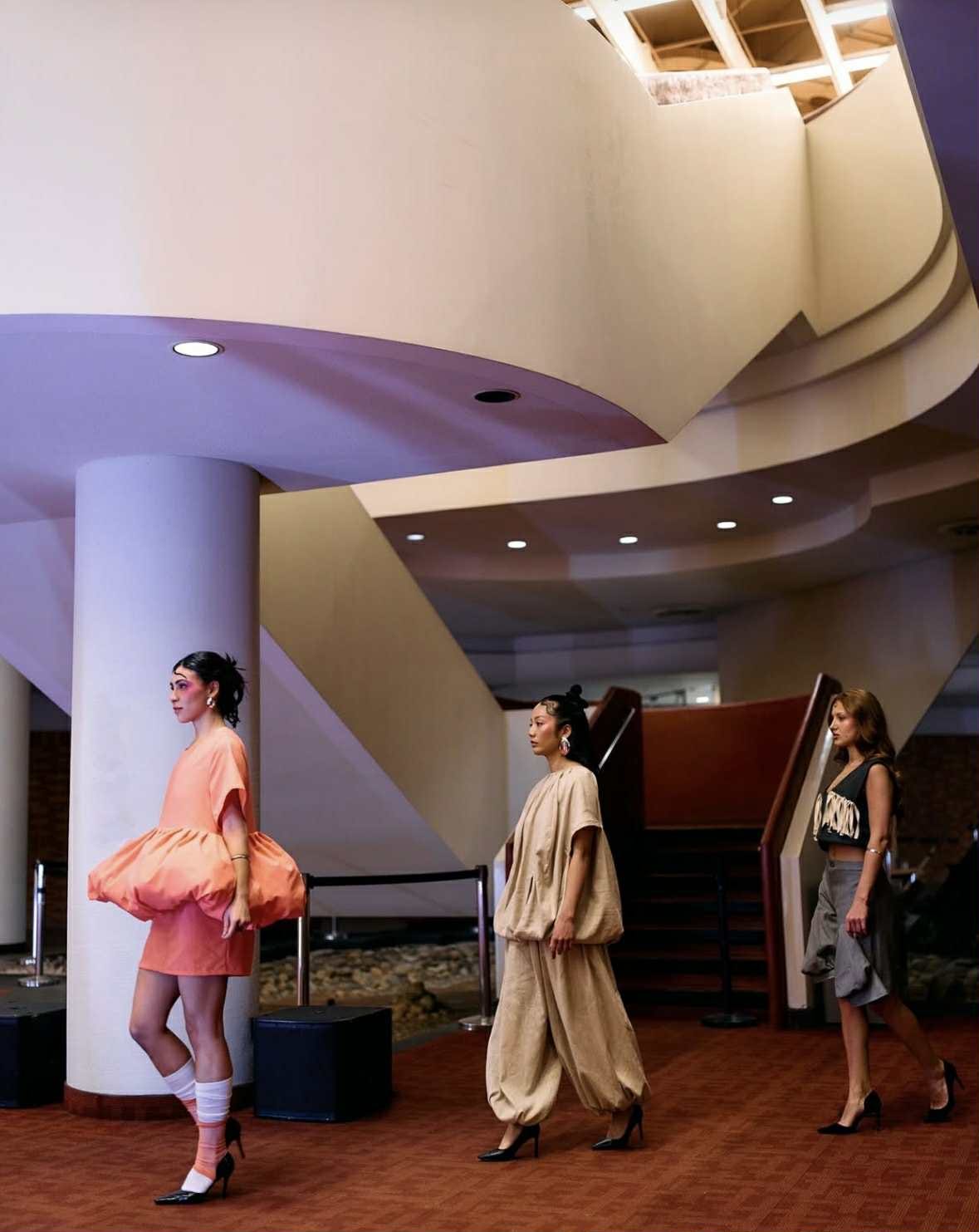
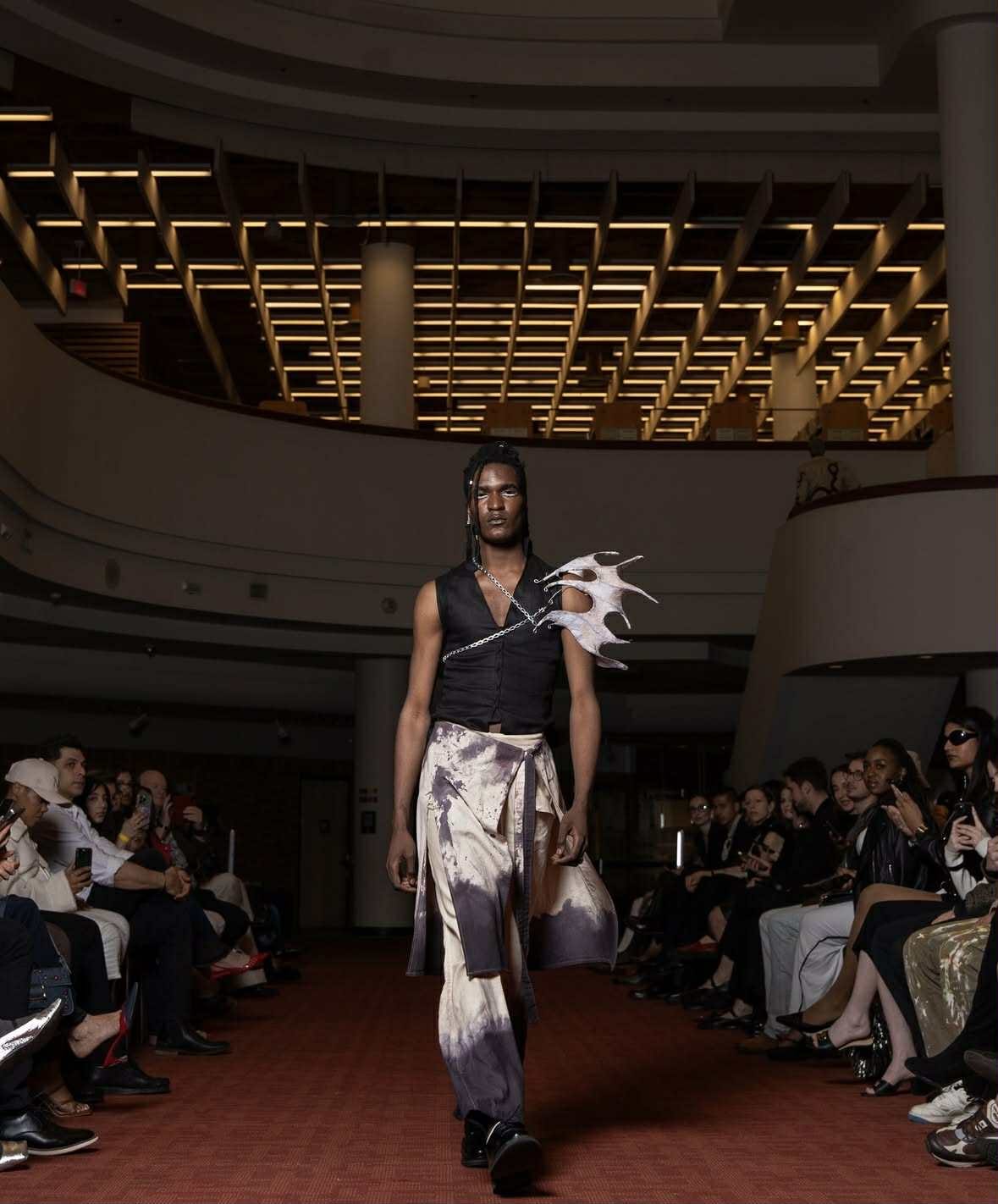
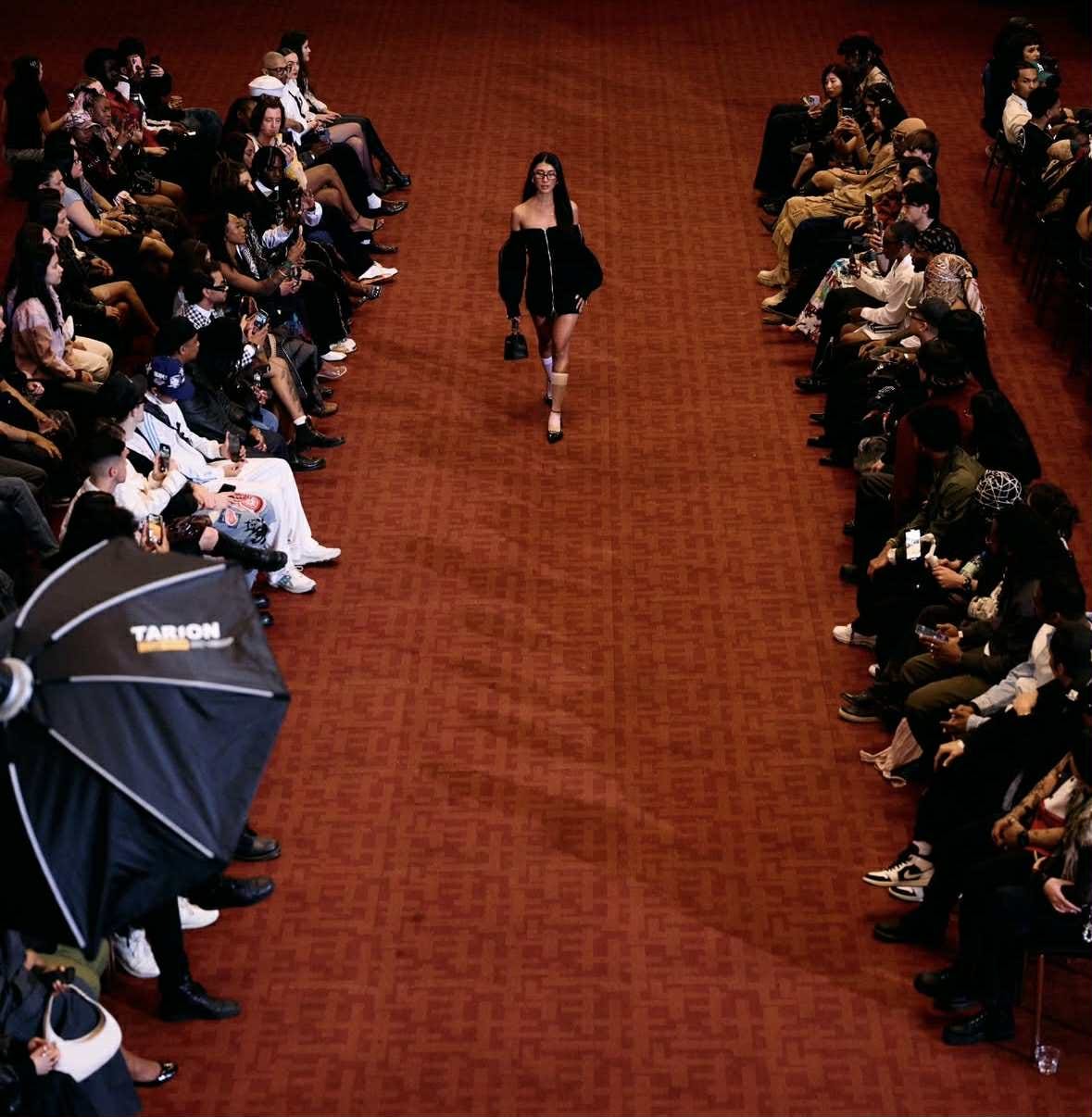
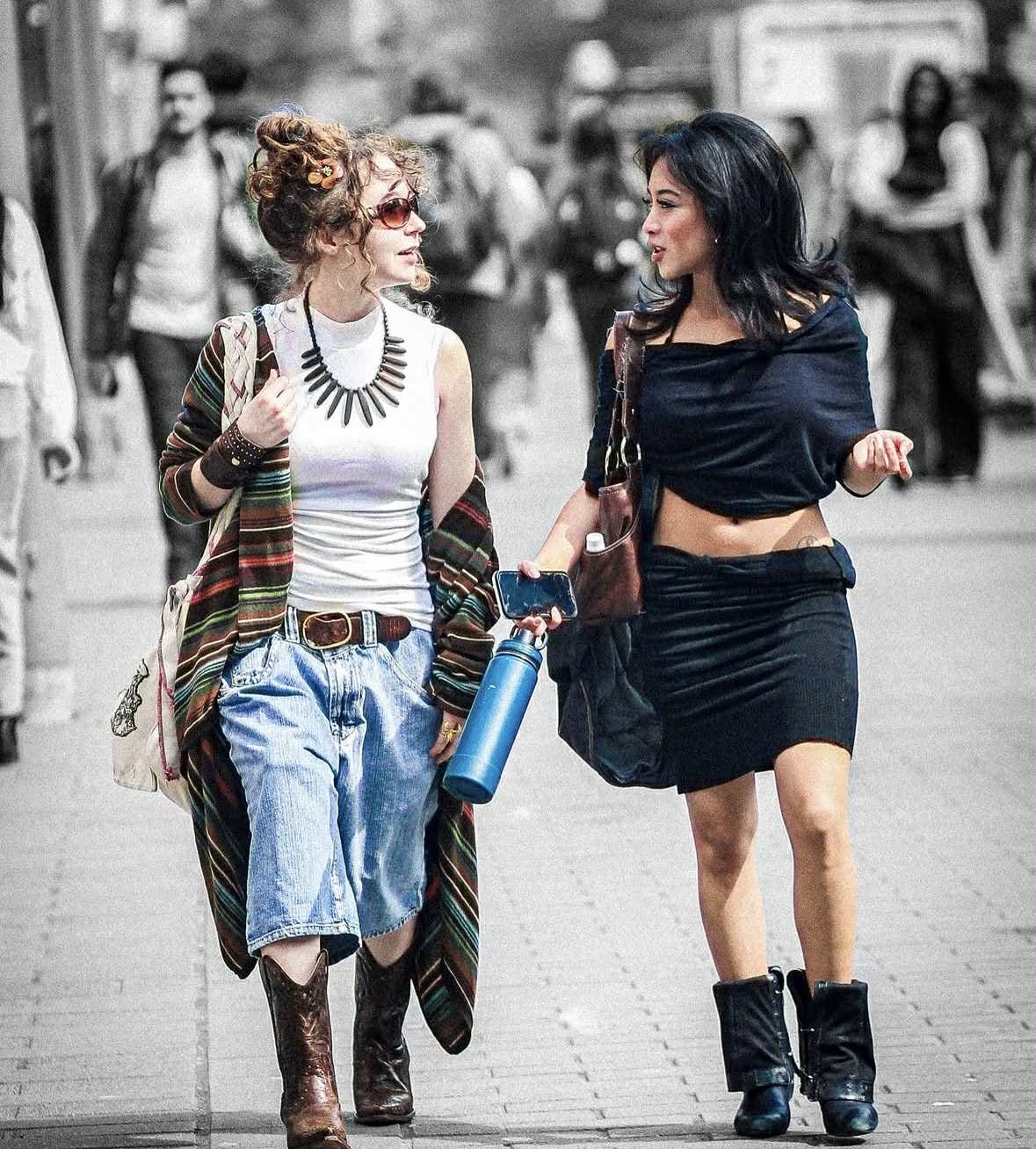
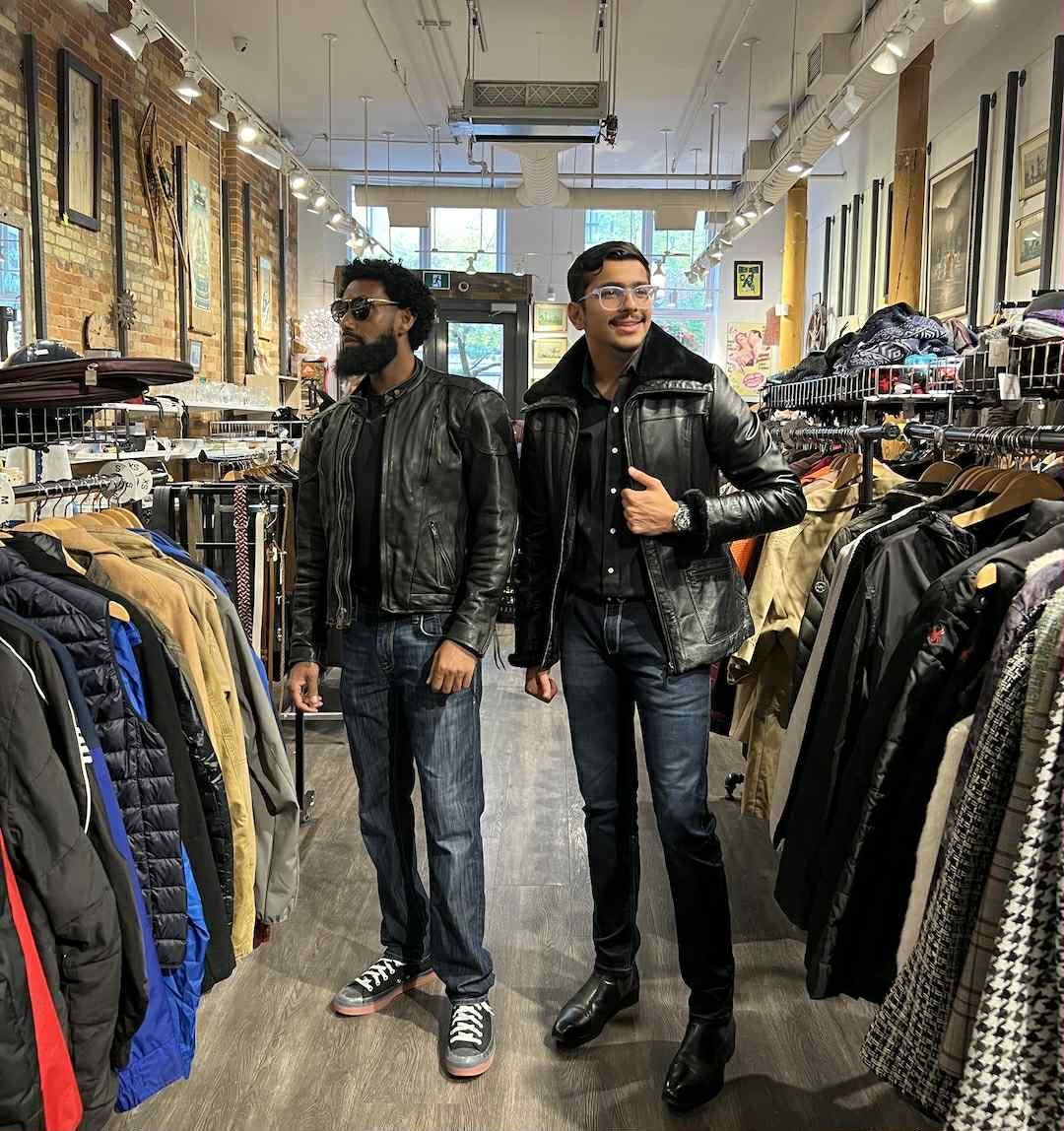
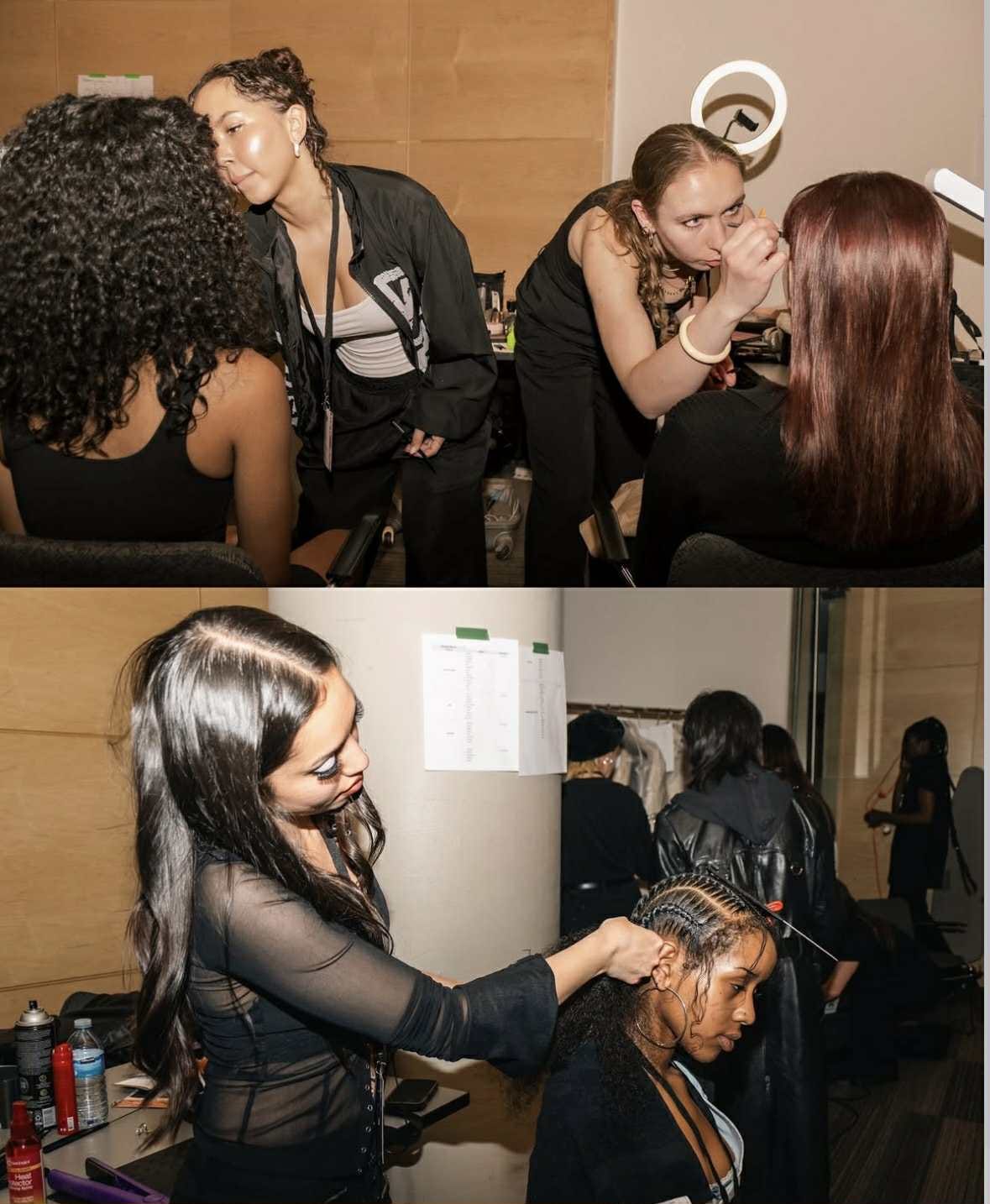
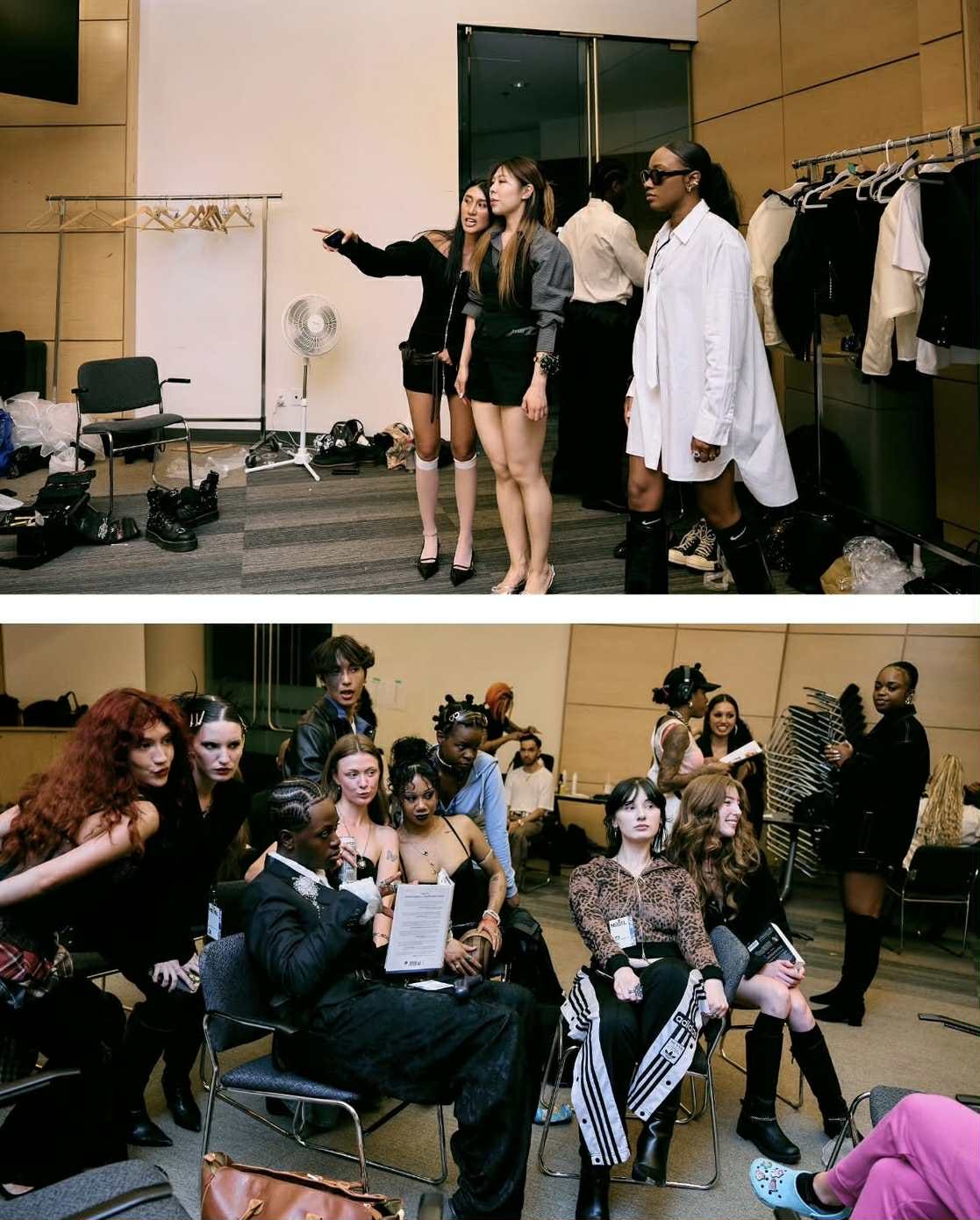


your writing is beautiful! i enjoyed reading your article & this fashion show sounds amazing!! definitely sounds like somewhere i’d want to go to 💝💝💝
aaaaa so jealous but happy for you! i love fashion but i love being behind the scene so im sticking to illustrating designs. nothing like witnessing your dreams come true in real time. congratulations gorg💥